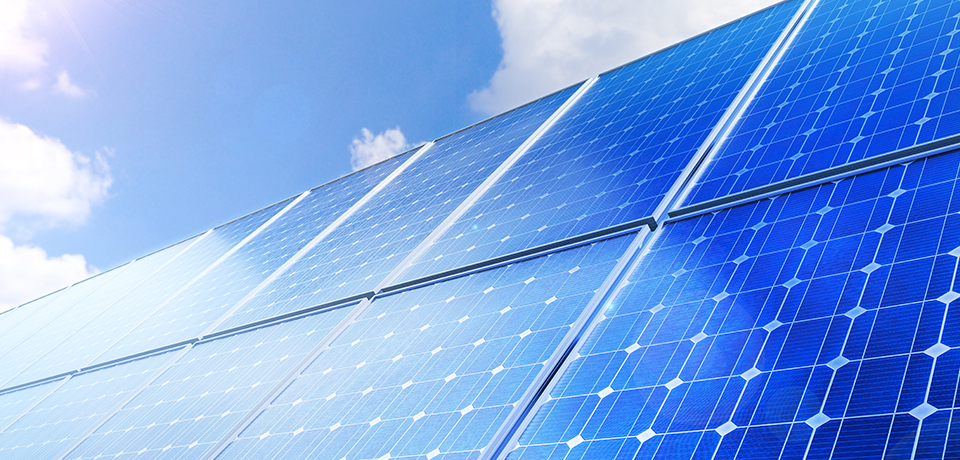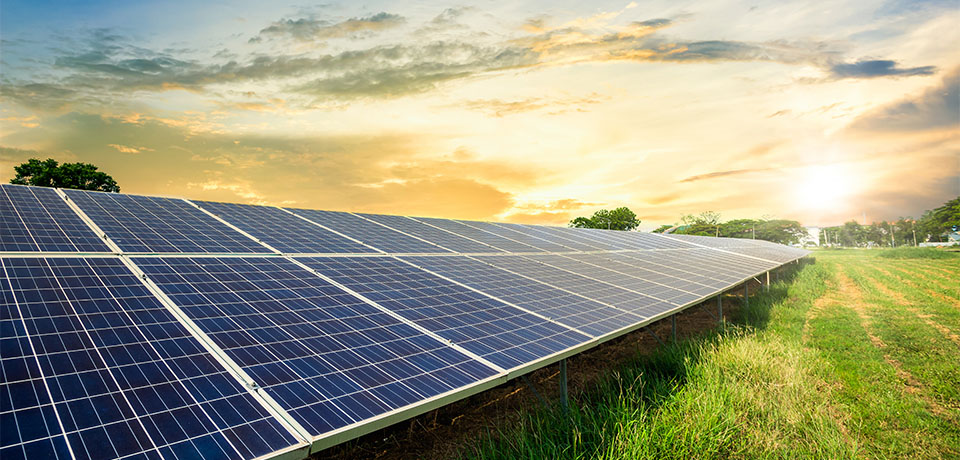Insolation Time and Solar Energy Efficiency
- Home Page
- Blog
- Solar Energy
- Insolation Time and Solar Energy Efficiency

Investments made in renewable energy are increasing day by day, worldwide. Many countries provide some of their energy from the renewable energy sources. Clean energy, produced using sources such as sunlight, wind, rain, tides, waves and geothermal heat, reduces its carbon footprint. The renewable energy systems, which do not have much usage area due to various reasons, such as lack of infrastructure and high costs, have started to be preferred more nowadays, thanks to the convenience provided by the technological developments.
Radiation from the sun is almost constant outside the atmosphere and is at the level of 1370 W/m². In the atmosphere, on the other hand, it is in the range of 0-1100 W/m². Since the Sun's rays fall at right (strait) angle around the equator, the level of solar radiation is also high. The change in the angle of the Sun's rays, with distance from the equator, reduces the level of solar radiation.
Insolation time is the total duration of solar radiation falling per unit area in a given time interval. This time is determined on the basis of the time that the solar radiation exceeds 120 W/m². It is measured by the meteorology stations, by using instruments called heliographs. The heliograph records direct sunlight on a diagram. Then, the records are examined and the sunshine duration (insolation time) is found. Factors such as the clouds, humidity, precipitation, pressure, wind speed, temperature and the landforms directly affect the insolation time (duration of sunshine). Taking of good measurements and making of evaluations for solar energy use are among the factors affecting the efficiency.
Latitude is the most important factor that affects the sunshine duration (insolation time). The hypothetical lines parallel to the equator, which are thought to divide the earth horizontally, form up the latitudes. Points on the same latitude combine to form the parallels. Depending on the location; the angle of incidence of the sun's rays, the temperature distribution and the time difference between day and night change. Turkey is located between 36°-42° north parallels. Thanks to its location, it gets more sunshine than the European countries. As you go up to the northern latitudes, the distance from the equator increases and the sunshine duration decreases.
In Turkey, between the years of 1991-2020, the annual average sunshine duration has been measured as 6-7 hours/day. In January, February, March, October, November and December, the average insolation radiation is at its lowest, due to seasonal factors. The annual average value of 2500 kW/m² measured in these months is higher than the average of the European countries. Thanks to the geographical location of our country, the solar energy potential is much more advantageous than many countries.
The Black Sea Region is the place with the lowest sunshine duration in Turkey. Its location and heavy rainfalls affect the sunshine duration. In the Black Sea Region, the annual average solar radiation (insolation) is around 1200 kW/m². Although the Black Sea Region has the lowest sunshine duration in the average of Turkey, it has a solar radiation level equivalent to Europe's average of 1100-1300 kW/m². Giresun is the province that receives the least solar radiation in our country, with an average annual sunshine level of 2.8 hours/day.
In the southern regions of Turkey, the sunshine duration reaches higher values. The Solar water heating systems operate at full capacity throughout the year in the Southeast and Mediterranean Regions, which constitute 17% of our country's land and where the sunshine duration is high. In the other places, which make up 63% of the country's geography in terms of area, the productivity is around 90%. In Turkey, the highest annual average sunshine duration is observed in the Southeastern Anatolia Region, as 1460 kW/m² per year. The Mediterranean, Eastern Anatolia and Central Anatolia are the other regions that follow and come next, with their high sunshine durations.
Turkey has a high solar energy potential of 110 days a year. If the necessary investments are made, it can produce 1100 kWh/m² of solar energy per year on the average. With this potential it possesses, Turkey can become the leader in solar energy production among the European countries.
The electricity that can be produced using solar energy in Turkey has been calculated as approximately 380 billion kW/year. When Turkey starts to use this potential it possesses at full capacity, it will greatly reduce its foreign dependency on energy. Solar energy systems suitable for the geographical location and potential of Turkey can be listed as follows:
-
Solar water heating
-
Solar collectors
-
Photovoltaic power systems
-
Solar power towers
-
Solar and Geothermal hybrid
Electricity generation with solar energy is increasing day by day. Solar energy systems in Turkey are generally used to heat the water in buildings and to support the heating systems. Solar energy systems are also used in areas such as water heating needs of pools and facilities, building cooling systems and plant drying.
The solar source areas are determined with the data obtained using the internationally proven and recognized ESRI Solar Radiation Model. Since the necessary data is provided in advance, pre-feasibility studies and time are saved and costs are reduced. Lower costs can make manufacturers' investments in solar energy systems more attractive. Cost reduction in solar energy systems shall also reduce the consumption costs.
The fact that consumers prefer companies that generate energy with renewable resources can help to direct the new investments to be made in the energy sector towards solar energy systems.
 What is Solar Energy? How is Electricity Generated From Solar Energy?
What is Solar Energy? How is Electricity Generated From Solar Energy?  Renewable Energy Sources - Advantages of Renewable Energy Generation and Use
Renewable Energy Sources - Advantages of Renewable Energy Generation and Use  Geothermal Energy Potential of Turkey and its Sustainability
Geothermal Energy Potential of Turkey and its Sustainability  What is a Carbon Footprint? What are the Impacts of it on the World?
What is a Carbon Footprint? What are the Impacts of it on the World?